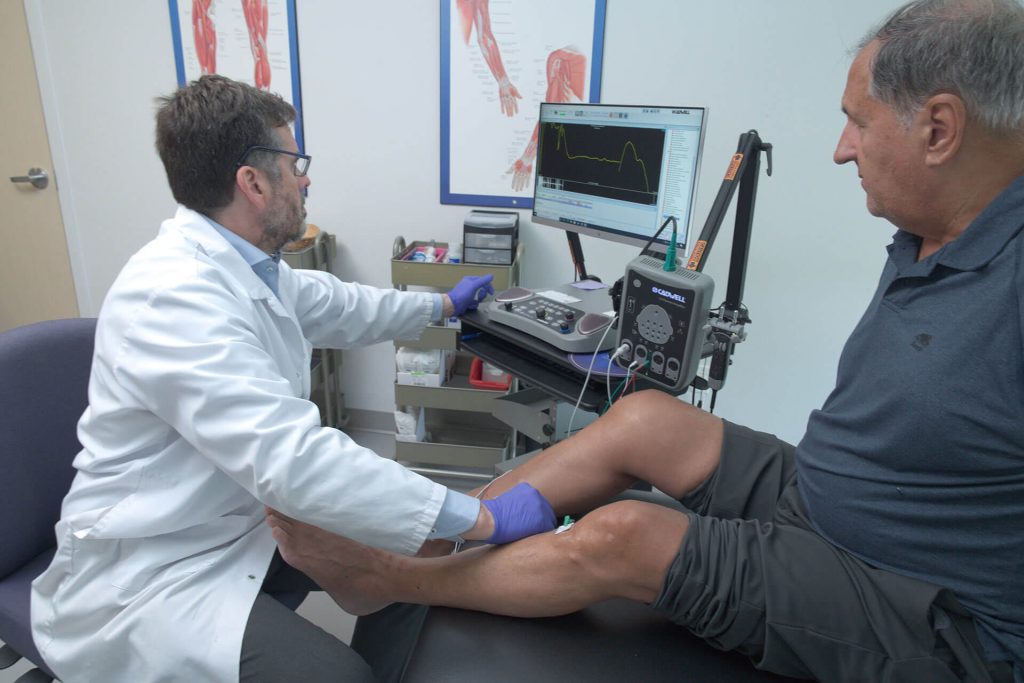La SLA se caractérise par une faiblesse progressive, une atrophie musculaire et une raideur des membres ou des muscles bulbaires, qui contrôlent la parole et la déglutition. Chez certaines personnes, on observe aussi des changements cognitifs et des altérations de la personnalité. La SLA est une affection fatalement évolutive, la plupart des patients survivant en moyenne de 3 à 5 ans après le diagnostic. La cause et les mécanismes de la maladie demeurent encore mal compris.
Les médicaments actuellement disponibles, comme le riluzole et l’edaravone (Radicava), peuvent prolonger modestement la survie, mais n’arrêtent pas la progression ni n’améliorent la qualité de vie. Les traitements de soutien, notamment la physiothérapie et l’ergothérapie (voir [Réadaptation neurologique]), l’assistance ventilatoire nocturne et le soutien nutritionnel par sonde d’alimentation, restent la base de la prise en charge. La recherche se poursuit, tant pour les traitements symptomatiques que pour les thérapies modifiant l’évolution de la maladie. La neuromodulation non invasive par [Stimulation magnétique transcrânienne répétitive (SMTr)] a montré qu’elle pouvait atténuer certains symptômes de la SLA, notamment la faiblesse et la spasticité.
Cependant, la [SMTr] est encore considérée comme un traitement expérimental et n’est pas couverte par les régimes publics d’assurance maladie (RAMQ/OHIP).
